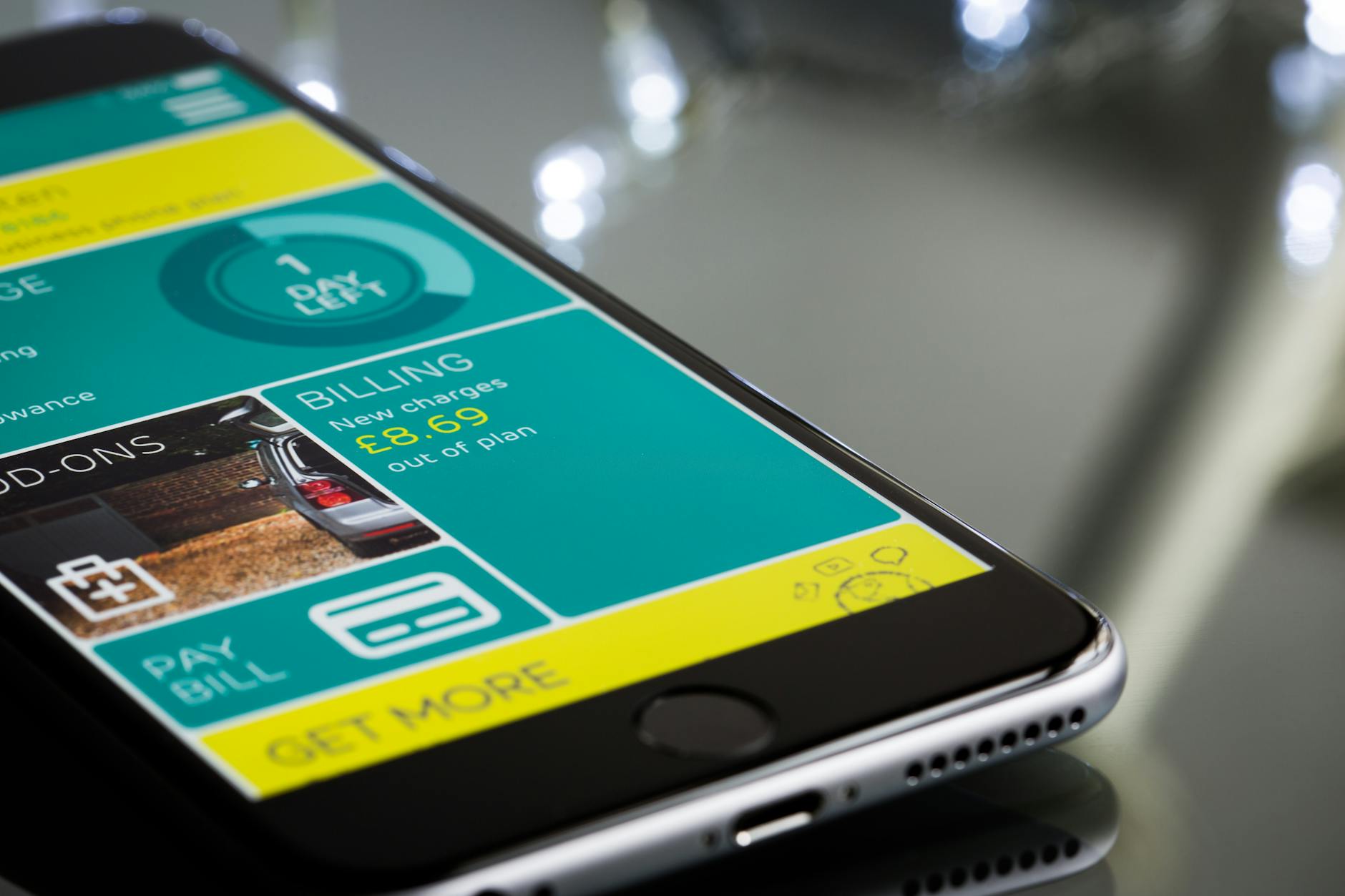In today’s digital age, staying connected is more important than ever, and for seniors, smartphones can be a gateway to maintaining relationships, accessing services, and staying engaged with the world. However, the prospect of using a smartphone can be daunting for those who did not grow up with this technology.
Here, we provide seniors, tech-savvy elders, and their caregivers with essential smartphone tips to make the digital journey smoother and more enjoyable. You’ll have a clear understanding of the benefits of smartphone usage, how to overcome the initial learning curve, essential features tailored for seniors, and steps to ensure online safety.

The Benefits of Seniors Using Smartphones
Smartphones offer numerous benefits for seniors, enhancing their connectivity, safety, and entertainment. From staying in touch with loved ones to accessing emergency services and enjoying various apps, these devices can significantly improve the quality of life for older adults so here are some essential smartphone tips.
Staying Connected
Staying connected has never been more crucial. Whether it’s through social media, video calls, or instant messaging, maintaining strong personal and professional relationships is essential.
- Easy communication with family and friends
- Face-to-face conversations through apps like WhatsApp, FaceTime, and Zoom
- Reduces feelings of loneliness and isolation
- Higher levels of overall well-being (Pew Research Center study)
Mental Stimulation
Mental stimulation is essential for maintaining cognitive health and overall well-being. Engaging in activities that challenge the brain, such as puzzles, reading, or learning new skills, can enhance seniors’ memory, improve concentration, and boost problem-solving abilities. Regular mental stimulation not only keeps the mind sharp but also fosters creativity and resilience, helping to ward off cognitive decline as we age.
- Brain training apps like Lumosity and Peak for games and puzzles
- Reading apps like Kindle and audiobooks from Audible for learning and entertainment
- Improved cognitive function in older adults (NIH research)
Access to Essential Services
Access to essential services is a fundamental human right and a cornerstone of a thriving society. Whether it’s healthcare, education, or clean water, ensuring everyone has access to these necessities is crucial for promoting equality, well-being, and sustainable development. In this blog, we’ll explore the importance of essential services and the impact they have on communities worldwide.
- Telehealth appointments and online grocery shopping
- Manage healthcare needs and daily tasks from home
- Telemedicine services for easier consultations and prescription management
- Crucial accessibility during times when in-person visits are not feasible

Overcoming the Learning Curve
Getting comfortable with smartphone usage can be challenging, but with patience and practice, seniors can master these devices. Start with an open mind and a positive attitude. Remember, it’s okay to make mistakes; every new skill takes time to develop.
Begin by familiarizing yourself with basic functions: turning it on and off, adjusting the volume, and making a call. Once you’re comfortable, explore apps and other features. Having a family member or friend guide you can be very helpful. Personal stories from others who have learned successfully can also be encouraging.
To make learning fun, consider joining a community class or online course on digital literacy for seniors. Organizations like AARP offer tech workshops covering everything from basic operations to advanced features. These classes provide a supportive environment where you can ask questions and learn at your own pace.
Essential Smartphone Features for Seniors
As technology continues to evolve, smartphones have become essential tools for all age groups, including seniors. However, not all smartphone features are equally beneficial for older adults. It’s important to identify the key features that can enhance usability, safety, and convenience for seniors, ensuring they stay connected and engaged with the digital world.
Accessibility Settings
- Larger text
- Voice commands
- Hearing aid compatibility
Health and Wellness Apps
- MyFitnessPal for tracking nutrition and exercise
- Medication reminder apps
- Pacer for monitoring steps
Video Calling
- Skype and FaceTime for video chats
- Screen sharing
- Group calls
User-friendly Interfaces
- Simplified menu navigation
- Customizable home screens
- Easy-to-use contact lists
Safety Features
- Emergency contact buttons
- Location sharing
- Fall detection apps

Choosing the Right Smartphone
Selecting the right smartphone for seniors is crucial to ensure a positive user experience. Here are some key factors to consider as part of our essential smartphone tips:
- Screen Size
- Larger screens are generally easier to read and navigate.
- Ideal choices: iPhone Plus series, Samsung Galaxy S series.
- User Interface
- Should be intuitive and easy to use.
- User-friendly options: Google Pixel.
- Simplified operating systems: Samsung Easy Mode.
- Durability
- Look for robust build quality and protective features.
- Features to consider: Water resistance, shatterproof screens.
- Additional tips: Invest in a good case and screen protector.
Consulting reviews and store representatives can provide further insights into the best smartphone models for seniors.
Setting Up and Using the Smartphone
Setting up a new smartphone can be overwhelming, but breaking it down into manageable steps can make the process easier – so, here are some essential smartphone tips. Begin by unboxing the phone and charging it fully. Once charged, follow the on-screen prompts to set up the device. This will typically involve selecting a language, connecting to Wi-Fi, and signing in with an Apple ID or Google account.
Creating an Apple ID or Google account is essential for accessing various services and downloading apps. This step usually requires an email address and a password. If you don’t already have an email address, you can create one for free through providers like Gmail or Yahoo.
After setting up the account, take some time to explore the phone’s settings. Adjust the brightness, font size, and volume to suit your preferences. Downloading essential apps, such as those for health, communication, and entertainment, should be your next step. Managing these apps involves organizing them into folders and learning how to update them regularly.

Staying Safe and Secure Online
Online safety is crucial for everyone, but it’s especially important for seniors who might be more susceptible to scams and fraud. Here are some key tips to help protect yourself and enhance your smartphone security:
- Recognize Common Scams:
- Be aware of phishing emails and fraudulent websites.
- Never click on suspicious links or provide personal information to unverified sources.
- Set Up Strong Passwords and 2FA:
- Use strong, unique passwords for your accounts.
- Enable two-factor authentication (2FA) for an extra layer of security. Both Apple and Google offer easy-to-set-up 2FA options.
- Regularly Update Your Devices:
- Keep your smartphone’s operating system and apps up to date.
- These updates often include patches for security vulnerabilities.
- Install Reputable Antivirus Software:
- Protect your device from malware and other threats with reliable antivirus software.
Resources for Further Learning
Continuous learning is key to becoming proficient with smartphone technology. Fortunately, there are numerous resources available to help seniors improve their digital literacy. Websites like TechBoomers and Senior Planet offer tutorials and articles specifically designed for seniors. These resources cover a wide range of topics, from basic smartphone usage to advanced features.
Online courses are another excellent option. Platforms like Coursera and Udemy offer courses on digital literacy and smartphone usage. Many of these courses are free or available at a low cost, making them accessible to everyone. Community programs and senior centers often host in-person classes and workshops, providing a supportive environment for hands-on learning.
Finally, consider joining online forums and social media groups where you can connect with other seniors and share experiences. These communities can be a valuable source of advice, tips, and encouragement as you navigate the digital world.
Wealth of opportunities
Smartphones offer a wealth of opportunities for seniors to stay connected, engaged, and independent. By understanding the benefits, overcoming the learning curve, and utilizing essential features, seniors can make the most of their smartphone experience. Choosing the right device, setting it up properly, and staying safe online are crucial steps in this journey. Remember, continuous learning and exploration are key to mastering any new technology.






